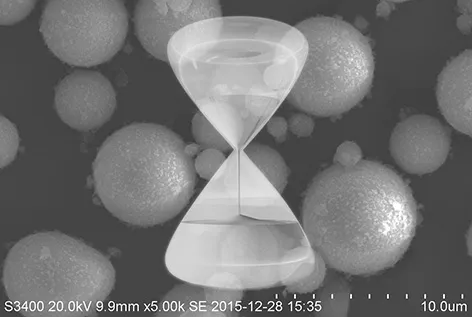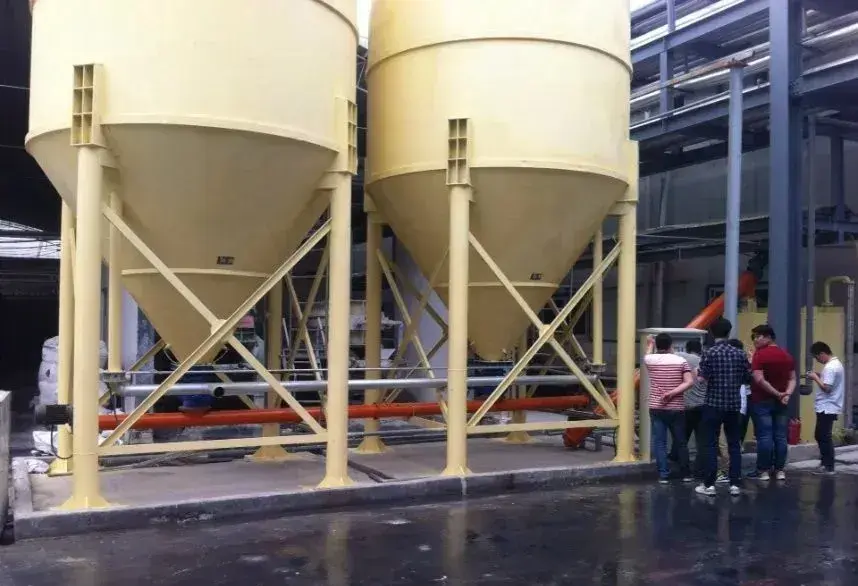The demand for ultrafine powders (typically with particle sizes below 10 μm or even 1 μm) has grown exponentially across various high-tech industries, including pharmaceuticals, advanced ceramics, electronics, and specialty chemicals. Achieving both ultrafine pulverization and precise classification is critical to ensuring product quality and functionality. This article explores the mechanisms by which modern ultrafine pulverizers and classifiers work in tandem to meet these stringent requirements.
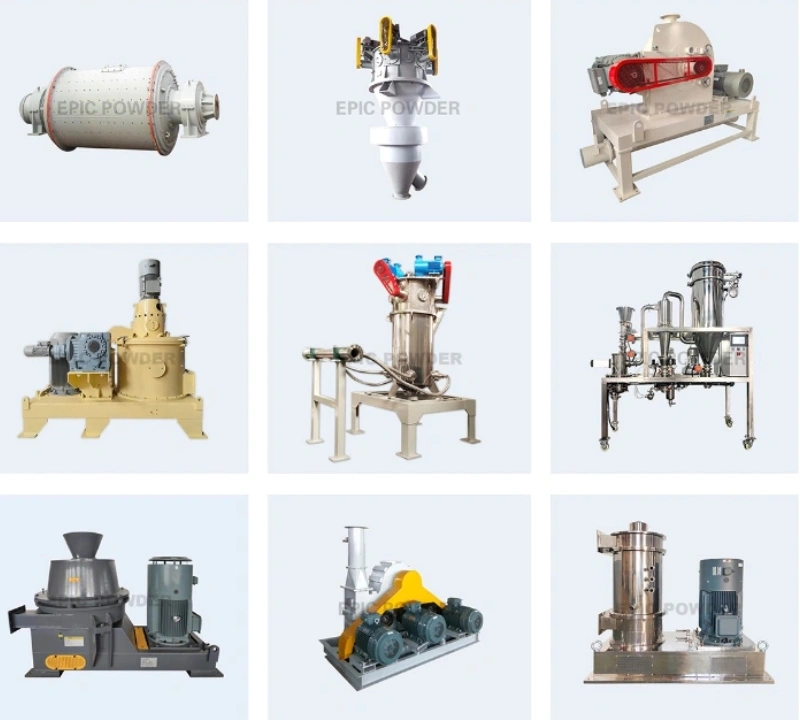
What Is the Industrial Standard for “Ultrafine”?
- Ultrafine powder: d97 ≤ 10 μm (equivalent to 1500 mesh and above)
- Submicron: d97 ≤ 2 μm (above 6000 mesh)
- Nanometer: d50 < 100 nm (rarely achievable by dry processing; usually requires wet milling or special processes)
Currently, the mainstream target range for dry ultrafine pulverizers is 1–20 μm, with a very narrow particle size distribution (span = (d90–d10)/d50 typically controlled between 1.2–1.6).
Main Types of Ultrafine Pulverizers and Their Working Principles
| Equipment Type | Grinding Principle | Typical d97 | Classification System | Typical Materials |
|---|---|---|---|---|
| Fluidized Bed Jet Mill | High-speed opposing air jets; particle–particle collision | 1–20 μm | Built-in high-speed turbine classifier | Talc, kaolin, mica, carbon black, silica |
| Disc-Type Jet Mill | Flat opposing jets | 2–30 μm | External forced vortex classifier | GCC, wollastonite, barium sulfate |
| Mechanical Impact Mill + Classifier (ACM, ICM, MS) | Rotor + liner impact + shear | 3–30 μm | Internal or external turbine classifier | GCC, graphite, pyrolytic carbon black |
| High-Speed Impact Mill | Pins/hammers | 5–100 μm | Built-in classifier wheel | Medium-hard materials |
| Cyclonic Jet Mill (QLM/MQL) | Multi-nozzle + circulating pipeline | 1–15 μm | Internal dynamic classifier | GCC, fly ash, ceramic powder |
| Steam Jet Mill (s-Jet) | 300–400°C superheated steam | 0.2–5 μm | Same as air jet mills but higher energy | TiO₂, Al₂O₃, battery materials |
How Is Ultrafine Grinding Actually Achieved?
1.Particle–particle collisions instead of metal impact
In jet mills, particles accelerate to 300–1200 m/s.
The collision energy is 10–100× that of mechanical mills, allowing particles to fracture along crystal cleavage planes rather than breaking randomly.
- Multiple energy mechanisms working simultaneously
- Jet mills: collision + shear + expansion cooling
- Mechanical ultrafine mills: impact + shear + abrasion
- Steam jet mills: higher kinetic energy + thermal softening
- Autogenous grinding effect
Coarse particles stay longer in the centrifugal field, while fine particles are removed instantly → selective grinding.
How Is Precise Classification Achieved?

Modern ultrafine grinding systems rely entirely on forced-vortex dynamic classifiers (turbine classifiers).
The principle is simple but extremely effective.
Simplified cut size formula:
d50 ≈ √[(18μ·Q)/(π·ρp·n²·r²·Z)]
Where:
- ρp: particle density
- n: rotor speed
- Z: number of blades
- Q: airflow
Key design features enabling d97 ≤ 10 μm with sharp cut
| Design Feature | Function |
|---|---|
| High rotational speed | 2000–18,000 rpm → strong centrifugal force |
| Large classifier wheel diameter | Increases separation radius, improves sharpness |
| Multiple secondary air inlets | Reduces coarse powder contamination |
| Adjustable rotor gap | Fine-tunes balance between output and cut point |
| Wear-resistant ceramic rotor | Maintains precision at high speed |
| VFD control | Real-time d50 adjustment with ±0.5 μm accuracy |
Real Case Data (2024–2025)
| Material | Equipment Model | Feed d50 | Product d97 | Span | Capacity |
|---|---|---|---|---|---|
| GCC | Hosokawa Alpine AFG-400 | 25 μm | 3.5 μm | 1.35 | 800 kg/h |
| Talc | Netzsch CGS-150 | 18 μm | 2.0 μm | 1.18 | 600 kg/h |
| Pyrolytic carbon black | Mianyang Liuneng LFJ-420 | 12 μm | 4.2 μm | 1.45 | 300 kg/h |
| Mica (wet-milled then dry-refined) | Qingdao Vina TBM-800 + ATP-400 | 35 μm | 6.5 μm | 1.25 | 1.2 t/h |
Why Has the “Jet Mill + Classifier” Become the Absolute Industry Standard?
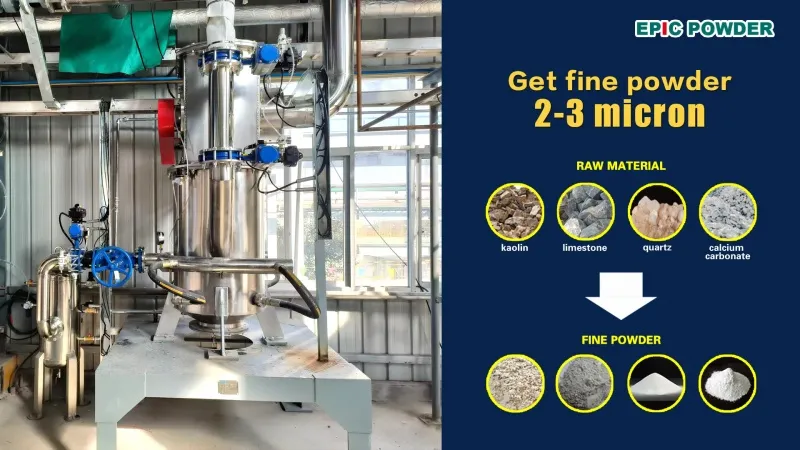
- Zero metal contamination (critical for battery materials and high-end fillers)
- Maintains particle shape (plate-like, angular) → better reinforcement than spherical ball-mill powders
- Extremely narrow PSD: higher packing density and stronger mechanical performance in plastics/rubber
- Scalable: from 50 g/h lab scale to 5 t/h industrial scale
- Long service life: wear parts designed for 8760 hours/year, continuous operation
Conclusion
Modern ultrafine pulverizers no longer rely on “brute-force smashing.”
They achieve ultrafine results by precisely controlling particle collision energy + instantly extracting fine particles with high-speed vortex classification, forming a closed loop of grinding → classification → coarse powder return.
This is why d97 2–5 μm and span < 1.4 have become routine performance benchmarks in the non-metallic mineral and recovered carbon black industries.
Epic Powder, 20+ years of work experience in the ultrafine powder industry. Actively promote the future development of ultra-fine powder, focusing on crushing, grinding, classifying and modification process of ultra-fine powder. Contact us for a free consultation and customized solutions! Our expert team is dedicated to providing high-quality products and services to maximize the value of your powder processing. Epic Powder—Your Trusted Powder Processing Expert !
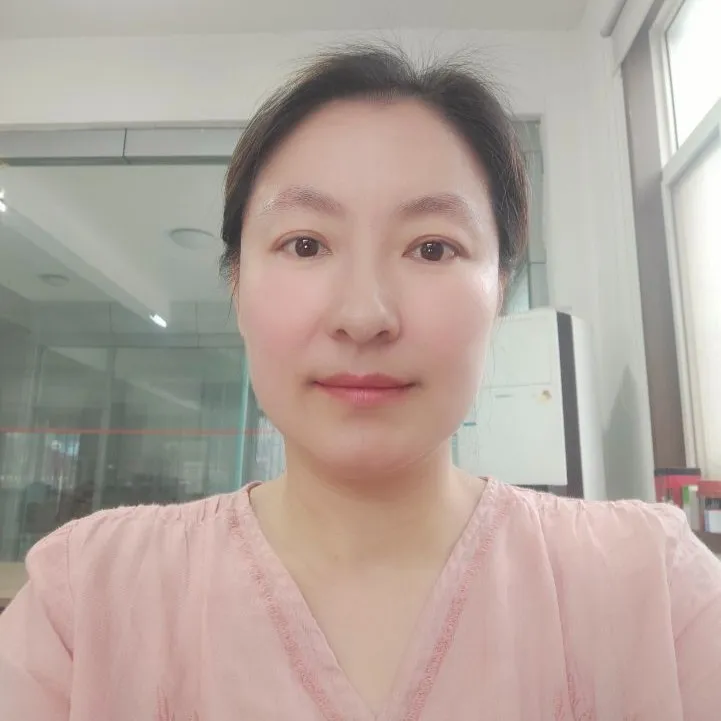
“Thanks for reading. I hope my article helps. Please leave a comment down below. You may also contact Zelda online customer representative for any further inquiries.”
— Posted by Emily Chen
